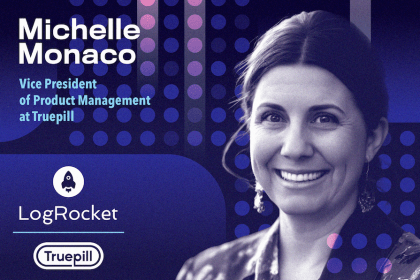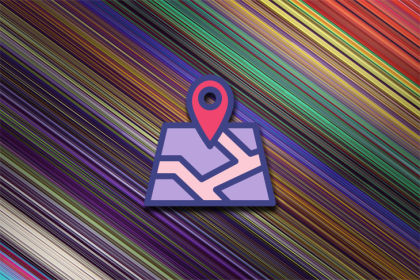
Following up with meeting minutes ensures alignment with stated values and holds individuals accountable for what was discussed.

Vanessa Davis, VP of Product Management at LegalShield, discusses how legal precedent directly challenges the notion of innovation.

The stronger the habit, the more often users want to use your product and the lower the chance of them churning.

LogRocket’s Galileo AI watches every user session in your app to surface the most impactful areas of user struggle and key behavior patterns.

By understanding what your competitive landscape is doing, you can figure out what unique wedge you can leverage to capture your market.

Josh Schoonmaker shares his approach to balancing two key leadership traits — assertiveness and kindness — and knowing when to apply each.

Real user monitoring is the process of collecting information about how users interact with your product as they’re interacting with it.

In product management, unconscious biases can impact decision making in various activities like designing and user research.

Michelle Monaco, Vice President of Product Management at Truepill, discusses her experience leading fully remote teams.

In this article, we’ll discuss outcome-driven roadmaps and why they can actually be more efficient and productive than feature-driven ones.

MQ Qureshi talks about his experience with “unexpected sparks of brilliance” — solutions get to the core of what you’re trying to do.

A product review is the moment where you evaluate what the team created over the last development cycle and align on the next steps.